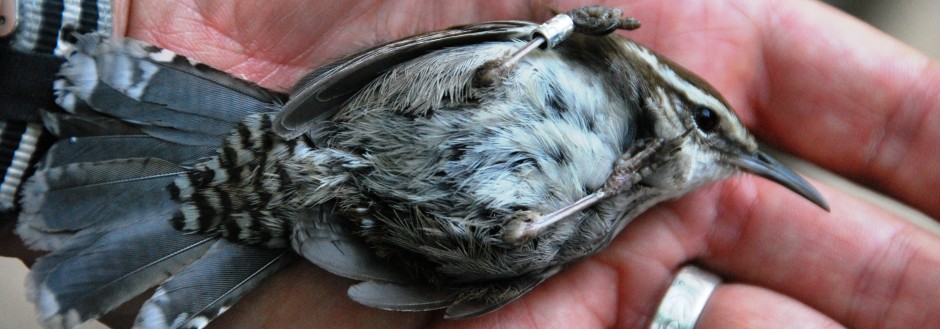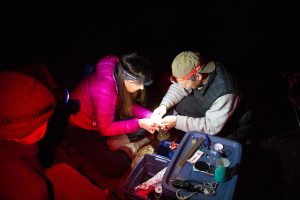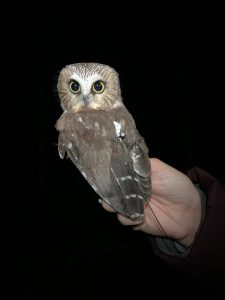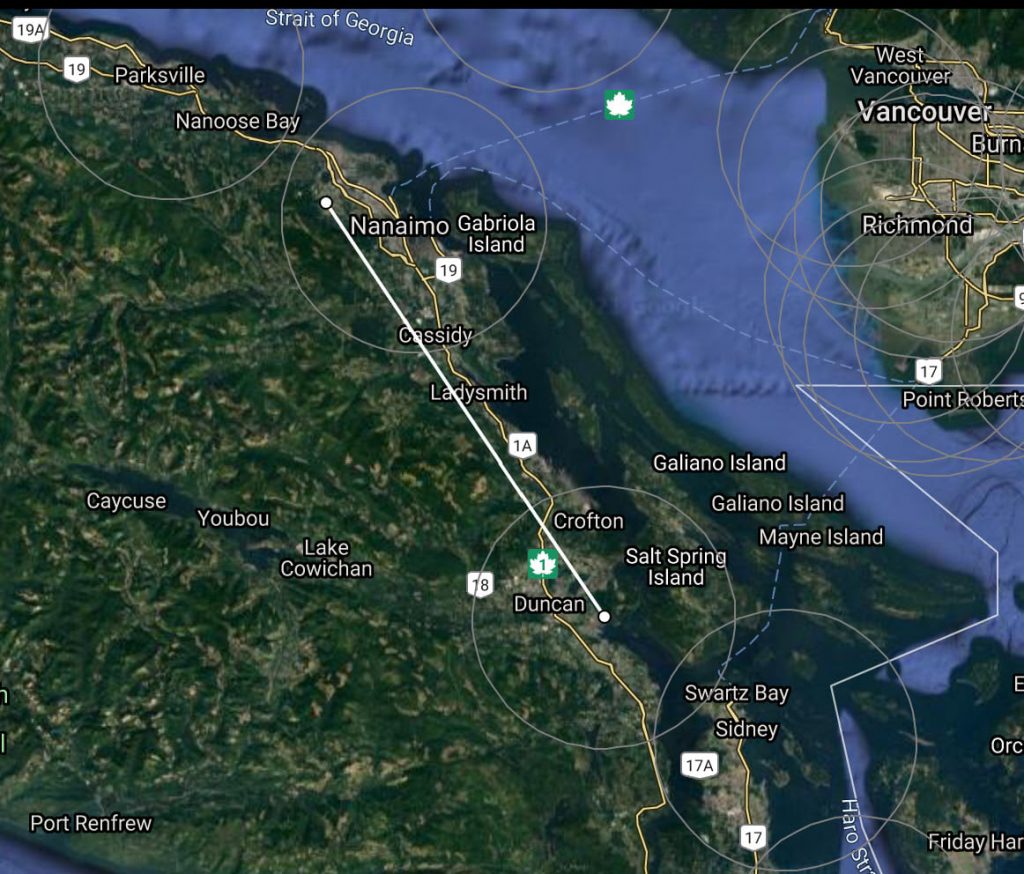Tracking Movement of Northern Saw-whet Owls Using the MOTUS Wildlife Tracking System
The Northern Saw-whet Owl is a small nocturnal owl found in portions of southern Canada and northern USA. The species is partly migratory throughout its range, with large numbers of owls getting captured and banded at monitoring stations each fall, including hundreds captured at the Rocky Point Bird Observatory (RPBO) on the southern tip of Vancouver Island. These banding numbers suggest that significant numbers of owls migrate through southern Vancouver Island each fall, however the migratory routes and destination for these birds remain poorly understood because few birds are subsequently recaptured.
The MOTUS Wildlife Tracking System, which consists of a large growing network of VHF receiving stations in Canada and around the World, provides an excellent opportunity to study migration and habitat use by Northern Saw-whet Owls. MOTUS receivers automatically detect and record signals from radio transmitters (tags) deployed on birds that pass within their detection radius (15-40 km). This collaborative pilot project by Vancouver Island University (VIU), RPBO and the Tatlayoko Lake Bird Observatory (TLBO) aims to use the MOTUS Wildlife Tracking System to assess the movement behaviour of Northern Saw-whet Owls in coastal areas of BC.
In Fall 2021, 38 Northern Saw-whet Owls were captured and tagged in Nanaimo (VIU; 8), Metchosin (RPBO; 21), and Tatlayoko Lake (TLBO; 9). Individual owls received a Lotek Avian NanoTag attached on the birds’ back using a leg-loop harness. The tag will emit a VHF radio signal every 29 seconds for up to 2 years, with the MOTUS receiver network helping to elucidate the species’ migratory behaviour.
Some of the owls tagged and released in Nanaimo have already been detected further south at the Cowichan River Estuary. We look forward to more MOTUS detections to come.






